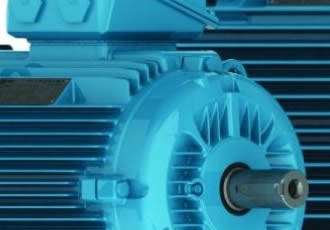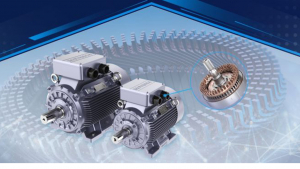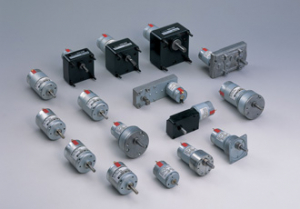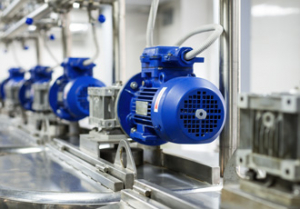Extending electric motor life through correct storage

An electric motor is a vital cog in the machine for businesses, and if it fails, processes can ground to a halt, causing losses in both time and revenue. In the event of planned downtime, like site inactivity for example, correct storage is essential in ensuring your electric motor is kept well protected and in good working order. Failing to do so can severely impact the lifespan of your electric motors. Motor repair specialist, Houghton International explains the optimum storage methods to extend your motor life:
Determine how long it will be stored for
How you store your electric motor will largely depend on how long it will be out of use for. If it’s less than one month, your main concerns will be protecting it from the weather and maintaining its winding temperature, so it remains 5-10°C above the ambient.
For motors that will be stored for longer than a month, there will elements that will need to be considered, as well as periodic maintenance that may need to be carried out to ensure it remains protected.
Storage preparation
When preparing your electric motor for storage, the following should be considered:
Indoors or outdoors?
Where possible, it’s always preferred to store your electric motor indoors, as this minimises the impact weather damage can have. It should be stored in a clean, dry, heated area.
However, due to space limitations, it’s not always possible to store your electric motor indoors, especially over extended periods of time. When storing your electric motor outdoors, you’ll need to cover it with a loose tarpaulin. It should reach the ground to cover all of the motor, yet be loose enough to aid air circulation and minimise condensation.
You’ll also need to consider the location of the motor; it should be stored away from areas prone to flooding or near harmful chemical vapours.
Consider vibration sources
Ambient vibration is another aspect of motor storage you’ll need to consider. Placing your motor near to heavy construction equipment, production floors, busy roads or rail lines can expose it to ambient vibration, which over time can cause damage to internal bearings even in low levels of exposure.
Your motor should preferably be stored away from these areas, although again this isn’t always possible. If so, lock the shaft of the motor to prevent damage.
Minimise condensation
If condensation is allowed to accumulate on motor windings, it can cause substantial damage and significantly reduce the lifespan of the motor. Controlling the climate of the storage area is recommended - as already mention, around 5-10°C above the ambient.
There are alternative methods of preventing condensation if the area isn’t climate controlled. Where possible, use space heaters or try ‘trickle heating’ one phase of the winding on low voltage. Blowing warm air into the heater can help keep the winding warm too.
Pests
A particular problem when storing your motor outdoors, pests like insects, rodents and birds can enter the motor, damaging the winding insulation and blocking drain openings and ventilation. Precautions should be taken to minimise the impact pests can have on the motor.
Correct insulation resistance
If the insulation resistance of your motor is below a standard temperature, you’ll need to correct it before putting it in storage, as failing to do so can cause further issues.
Oil vs grease
Whether you’re dealing with oiled or greased motors, lubrication is important to prevent corrosion and contamination while in storage.
Grease-lubricated bearings
If your electric motor has grease-lubricated bearings, you’ll need to clean the grease fitting, remove the drain plug and insert compatible grease before storing it over an extended period. After lubrication, run the motor for a minimum of 30mins with the drain plug removed to purge excess or old grease from the grease chamber.
When stored for many years, the grease will likely harden and the drainpipe may be clogged with dried grease. In this scenario, the motor should be disassembled and the old grease removed. It should then be lubricated.
Oil-lubricated bearings
Before moving the motor, make sure you drain the motor of oil. Failure to do so can cause oil to spill, contaminating windings or causing a suction effect on the oil reservoir.
Once in your chosen storage area, fill the motor’s reservoir with compatible oil and rust and corrosion inhibitors. The oil should cover the bearings completely without overflowing the stand tube or labyrinth seal. Oil should be drained and replaced once the motor has been removed from storage.
Your electric motor is a vital part of your plant operations. If it’s going to be out of action, proper storage is essential in order to keep it in full working order - saving your business both time and money. Put the effort in now and reap the benefits later.
Similar articles
More from Electronic Specifier
- Building the case for construction offices in 2021 20th May 2021
- UK construction: is the industry finally on the up? 26th August 2020
- Speaking to a younger generation of women in tech 11th August 2020
- Engineering firms encouraged to get ‘2020’ vision 6th January 2020












Write a comment
No comments